IAP 2024 Day 3 - Intro to APIs and Promises
Client and Server
- Clients: browsers
- Server: The devices that holds your site's information
What is Http
- It's short for HyperText Transfer Protocol
- You've been using Http requests and responses this whole time
- HTTPS is HTTP Secure
- HTTP Secure uses encryption to secure the data being transferred
HTTP Format
Target and Query Params
HTTP Methods
- GET: gets data
- POST: sends data, often creates change or new data
- PUT: replaces data
- DELETE: deletes data
The rest can be found here
Body
Response
Status Codes
-
404: Not Found
-
400: Bad Request
-
500: Internal Server Error
-
200: OK
-
1xx: Informationa
-
2xx: Success
-
3xx: Redirection
-
4xx: Client Error
-
5xx: Server Error
look up here
Headers and Body
APIs
- "Application Programming Interface"
- Simply a set of endpoints a service allows to make requests to
- Companies may provide APIs to allow developers to access their services
The Purpose of API
- You need to access data
- You're not going to access data on servers directly, that's both extremely inconvenient and a security nightmare
- What if we want to access our own private data?
- Shouldn't be able to access others' private data: API keys / authentication!
- APIs provide structured places(endpoints) for you to send requests to!
- Now you can do a bunch of things, simply by asking the right people very nicely.
What does API output
Where does the input go? -> URL
- GET /api/add
- Input:{a: number, b: number}
- Output: {result: number}
- Result will be mapped to a+b
- GET /api/add?a=5&b=8
- What does this output?
- {result: 13}Endpoints
For example in the domain of zzzhxxx.top, the endpoint is /api/stories , /api/story and '/api/comment'
- By accessing a URL, you are making a request to an endpoint
- GET zzzhxxx.top/api/stories, a GET request for all stories
- POST zzzhxxx.top/api/story, a POST request to create a new story
- Multiple endpoints can exist under the same URL, but are differentiated based on the type of request
- zzzhxxx.top/api/comment, gets or adds a comment based in GET or POST
Preview of Making Requests to APIs in Javascript
get and post are functions actually using the fetch function
get("/api/getUserNumber",{
phoneNumber: "1234567890"
});
GET
/api/getUserNumber?phoneNumber=1234567890post("/api/addUser",{
name: "Yoda Yuki",
group: "Nogizaka46",
phoenNumber: "1234567890"
});
POST /api/addUser
Params:{
name: "Yoda Yuki",
group: "Nogizaka46",
phoenNumber: "1234567890"
}The return type of the get function is actually a PROMISE
Promises
Promises allow for asynchronous processing
.then()
get("/api/stories").then((storyObjs) => {
setStories(storyObjs);
});Once the promise is fulfilled, do stuff(call a callback function).
Returns a promise
.catch()
get("/api/stories").then((storyObjs) => {
setStories(storyObjs);
}).catch((err) => {
console.log("Error:", err);
});Once the promise is rejected, do stuff(call a callback function).
Returns a promise
Examples
- The promise below is going to reject
const f = (promise) =>{
promise.then((val) => console.log("a")).then((val) => console.log("b")).catch((err) => console.log("error!"));
};
const promise = /* Some way of getting a proise that will reject*/
f(promise)The resopnse will be:
"error!"- The promise below is going to resolve after a little while
const f = (promise) =>{
promise.then((val) => console.log("a")).then((val) => console.log("b")).catch((err) => console.log("error!"));
};
const promise = /* Some way of getting a promise that will accept */
f(promise)
console.log("Hi there!");The response will be:
"Hi there!","a","b"

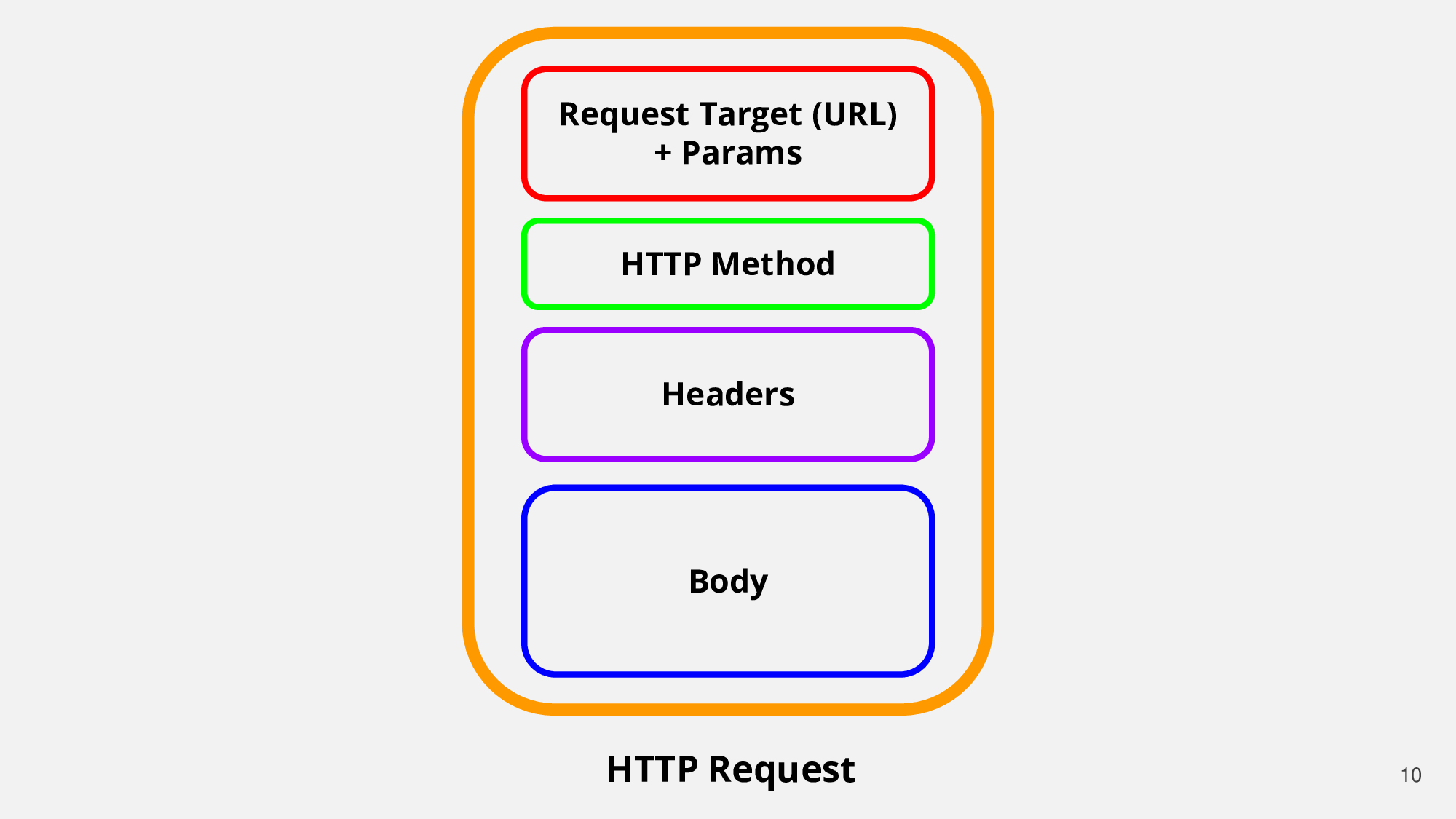
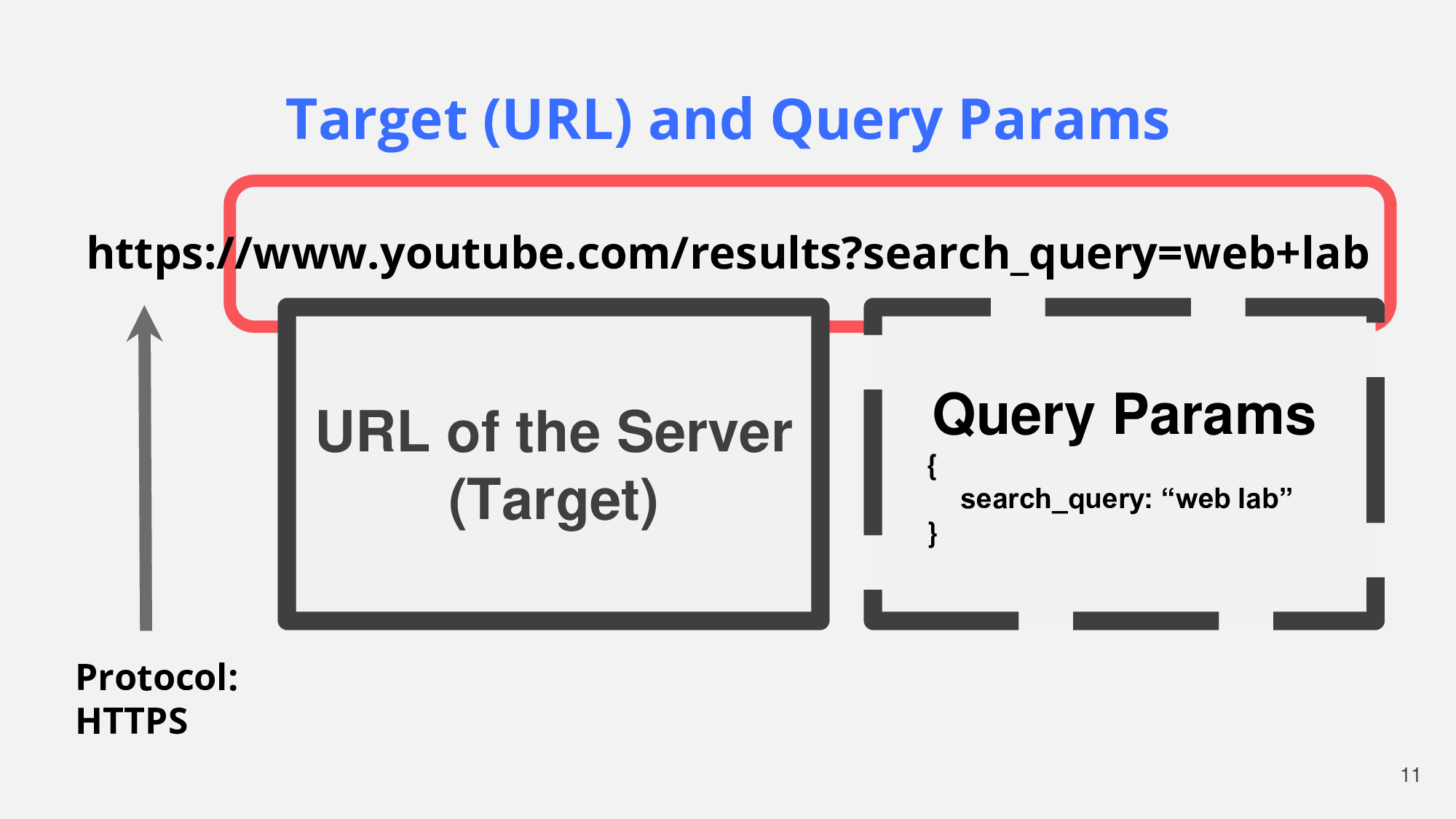
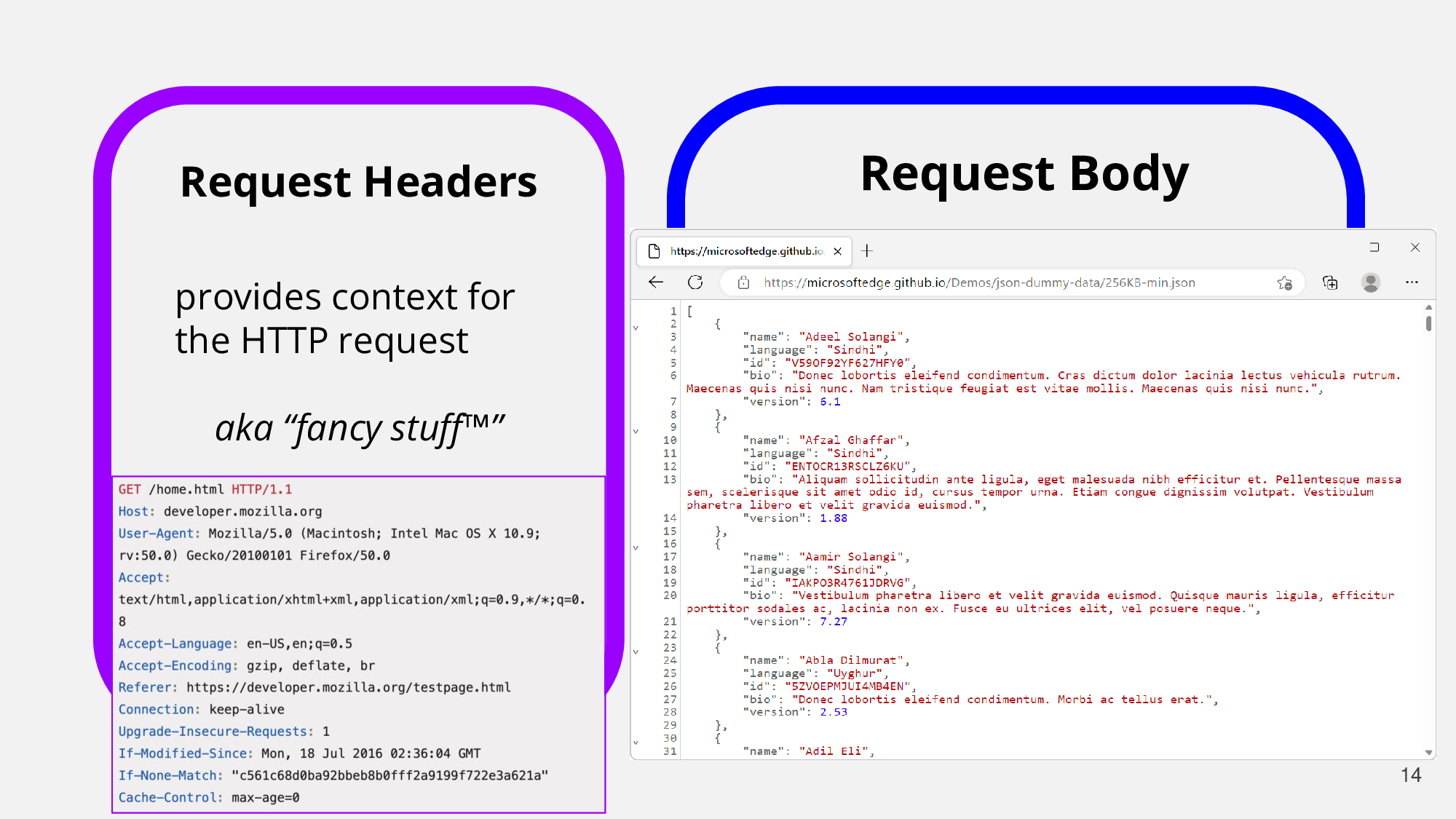
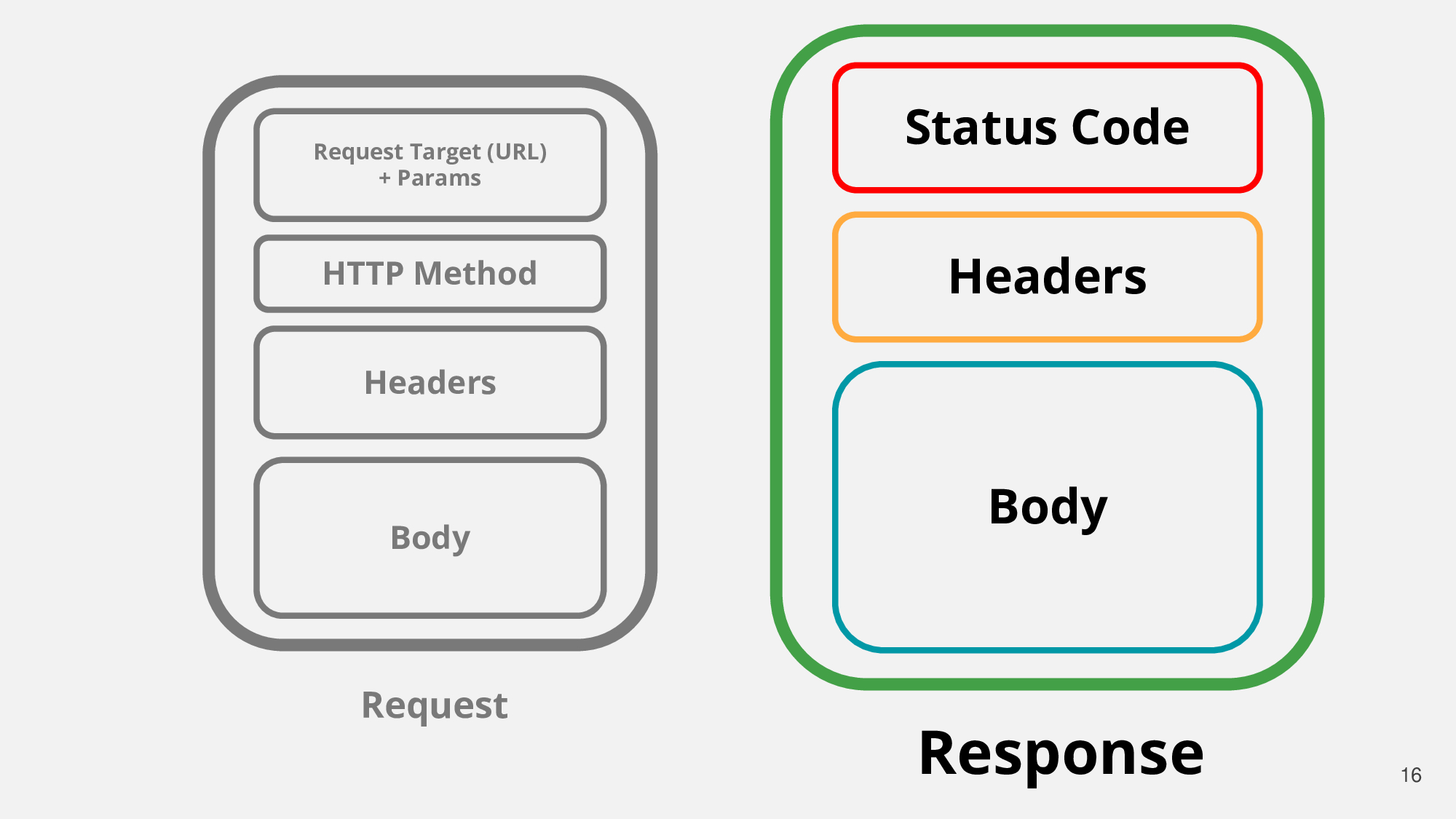
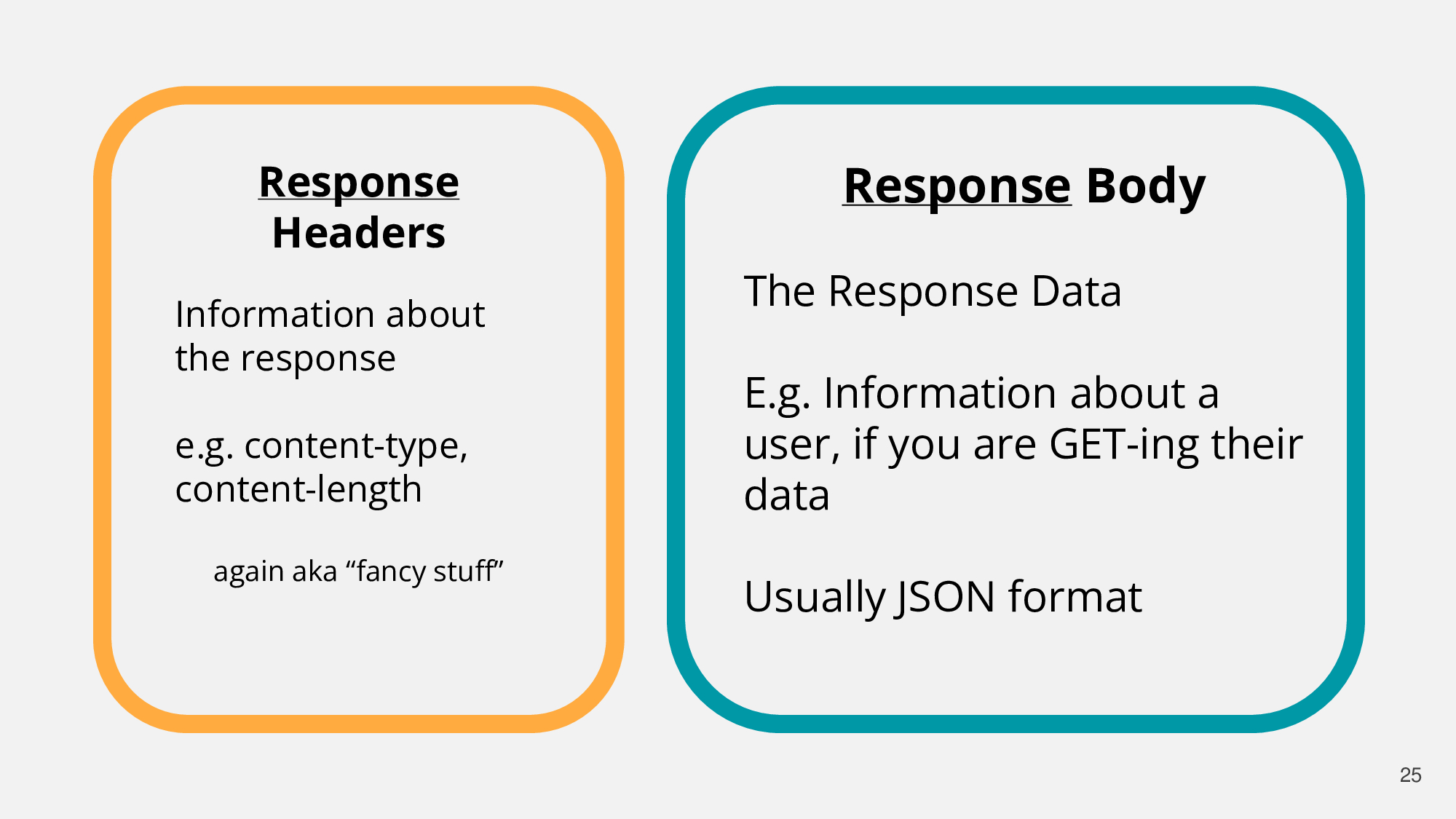
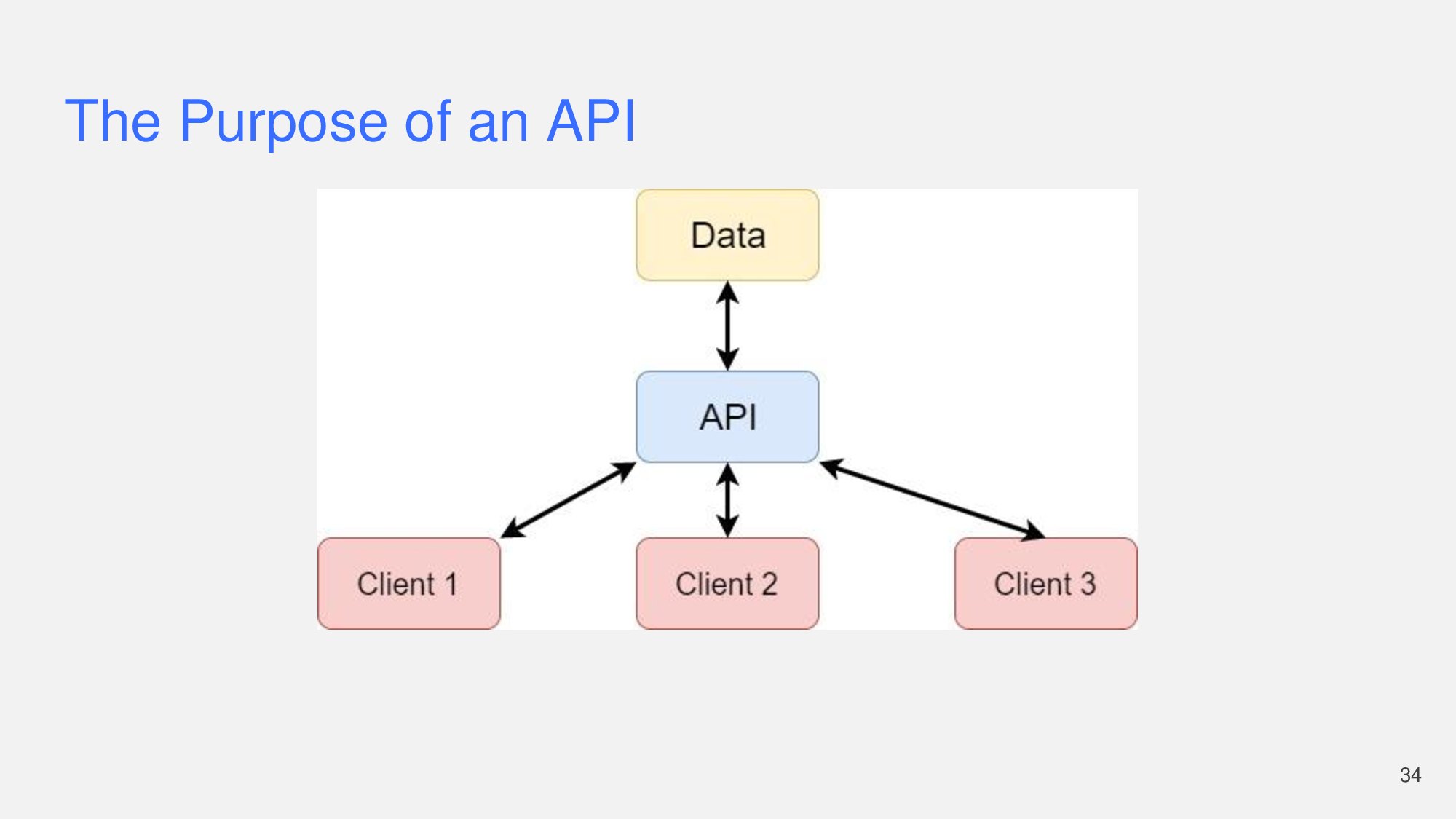
Comments 1 条评论
good jobs